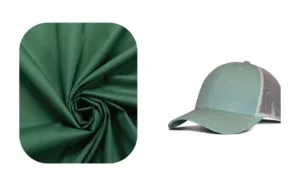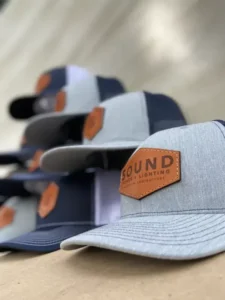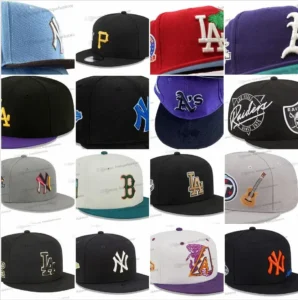Choosing the right fabric for a hat is crucial—it’s the foundation upon which comfort, durability, and style are built. The fabric not only determines how the hat looks but also how it feels, performs in different climates, and stands up to everyday wear. Whether you’re after a sporty baseball cap, a sophisticated fedora, or a casual bucket hat, understanding fabric options can drastically improve your choice and satisfaction. After all, the fabric defines your hat’s personality and purpose.
The best fabric for hats varies depending on style, function, and environment, with cotton, wool, polyester, and straw being the most popular choices—each offering unique advantages in breathability, warmth, durability, or sun protection. Knowing which fabric fits your needs can elevate your hat from a simple accessory to an essential part of your wardrobe. Ready to discover the fabric that matches your style and lifestyle? Let’s dive in.
Imagine the difference between a stiff, uncomfortable hat and one that fits so naturally you hardly notice it—thanks largely to the fabric choice. The right fabric can make your hat an all-day favorite.
1. What Are the Most Common Fabrics Used in Hat Making?
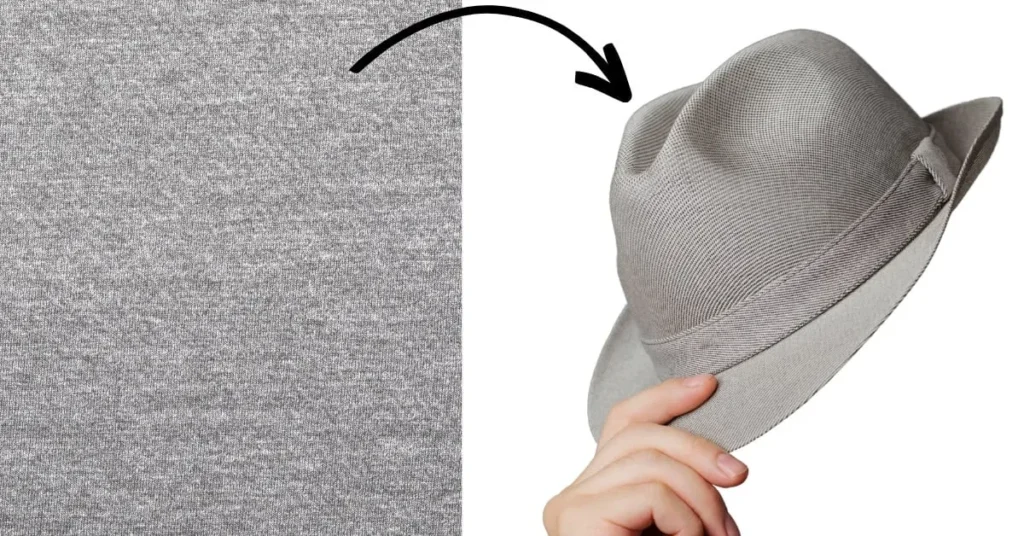
Hats come in a variety of fabrics, each with distinct textures, strengths, and best-use scenarios. The most commonly used materials are cotton, wool, polyester, straw, and fabric blends.
The most common hat fabrics include breathable cotton, insulating wool, durable polyester, lightweight straw, and versatile blends, each tailored to specific hat styles and uses.
- Cotton: Known for its softness and breathability, cotton is ideal for everyday wear, especially in warm climates. It’s easy to dye and comfortable on the skin, making it a favorite for baseball caps and bucket hats.
- Wool: Wool provides excellent insulation and moisture-wicking, making it the fabric of choice for winter hats such as fedoras and beanies. Wool can also add structure and elegance.
- Polyester: A synthetic fabric prized for durability, wrinkle resistance, and moisture management. Polyester is often used in performance hats designed for sports or outdoor activities.
- Straw: Lightweight and breathable, straw hats are popular in summer for sun protection and style. The weave density affects durability and ventilation.
- Blends: Combining natural and synthetic fibers, blends balance comfort and performance. For example, cotton-polyester blends maintain breathability with enhanced durability.
| Fabric | Characteristics | Best For |
|---|---|---|
| Cotton | Soft, breathable | Baseball caps, bucket hats |
| Wool | Warm, insulating | Fedoras, beanies |
| Polyester | Durable, moisture-wicking | Sports hats, outdoor gear |
| Straw | Lightweight, airy | Sun hats, fashion hats |
| Blends | Balanced comfort and durability | Versatile styles |
Each fabric serves a unique purpose, offering advantages tailored to different styles and climates.
2. Which Fabrics Are Best Suited for Different Types of Hats?

The type of hat largely dictates which fabric will work best to ensure comfort, durability, and aesthetic appeal.
Cotton is favored for casual caps, wool suits structured winter hats, straw is ideal for sun hats, and polyester excels in performance headwear.
- Baseball Caps: Cotton and cotton-polyester blends dominate here, offering breathability and durability suitable for everyday wear.
- Bucket Hats: Lightweight cotton, nylon, or ripstop fabrics provide comfort and sun protection, with water-resistant options popular for outdoor use.
- Fedoras: Typically crafted from wool or felt, fedoras combine warmth with a structured silhouette ideal for formal or cooler weather.
- Beanies: Soft wool and acrylic blends keep the head warm in colder climates while providing stretch and comfort.
- Sun Hats: Straw and synthetic woven materials provide lightweight ventilation and effective UV protection during summer.
| Hat Type | Recommended Fabrics | Reason |
|---|---|---|
| Baseball Caps | Cotton, cotton-polyester blends | Breathability and durability |
| Bucket Hats | Cotton, nylon, ripstop | Lightweight, water-resistant |
| Fedoras | Wool, felt | Warmth and structure |
| Beanies | Wool, acrylic | Insulation and stretch |
| Sun Hats | Straw, synthetic weaves | Ventilation and UV protection |
Choosing the right fabric per hat type maximizes both function and fashion.
3. How Do Fabric Properties Affect Hat Comfort and Durability?
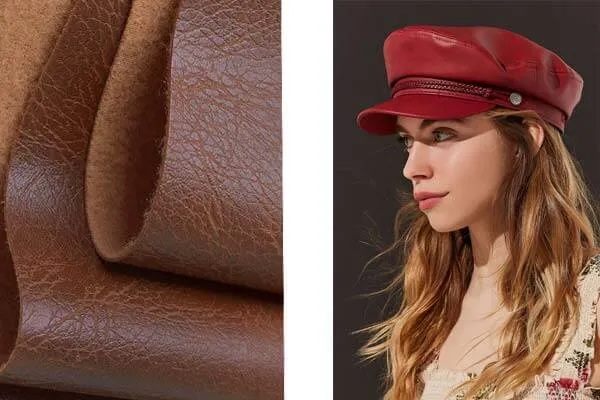
Fabric properties such as breathability, moisture management, UV protection, and durability impact how comfortable a hat is and how long it lasts.
Breathable and moisture-wicking fabrics enhance comfort, while durable materials ensure longevity and resistance to environmental wear.
- Breathability: Natural fabrics like cotton and straw allow air flow, reducing heat buildup and sweat, which is essential for hot weather hats.
- Moisture-Wicking: Polyester and nylon excel at moving sweat away from the skin, keeping the wearer dry during intense activities.
- UV Protection: Some fabrics, often treated or tightly woven, provide UV-blocking properties that protect the wearer from sun damage.
- Durability: Synthetics tend to resist tearing, fading, and stretching better than natural fibers, extending the life of the hat.
- Flexibility vs. Structure: Some fabrics offer softness and pliability for comfort, while others provide stiffness for a defined shape.
| Property | Impact | Fabric Examples |
|---|---|---|
| Breathability | Keeps wearer cool | Cotton, straw |
| Moisture-Wicking | Sweat management | Polyester, nylon |
| UV Protection | Sun safety | Treated cotton, synthetic blends |
| Durability | Longevity and appearance | Polyester, wool blends |
| Flexibility | Comfort and shape retention | Cotton blends, acrylic |
The right fabric balances these properties to suit the hat’s intended environment and use.
4. Are There Sustainable and Eco-Friendly Fabrics for Hats?
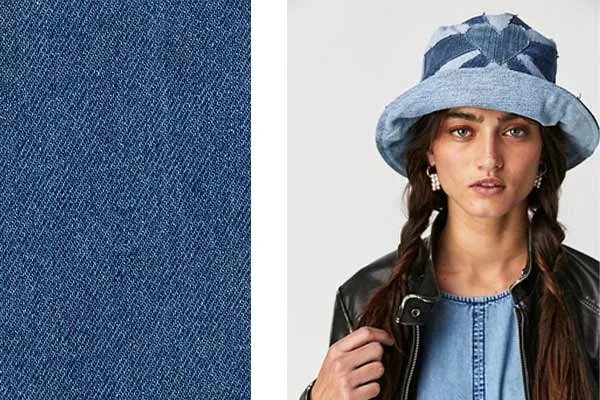
Sustainability in fashion is more important than ever, and the hat industry is no exception. Many brands now incorporate eco-friendly fabrics.
Organic cotton, hemp, recycled polyester, and bamboo are leading sustainable fabrics used in hat production to reduce environmental impact.
- Organic Cotton: Grown without pesticides and chemicals, organic cotton is gentle on the environment and skin.
- Hemp: Highly durable and biodegradable, hemp is gaining popularity as a sustainable alternative with natural UV resistance.
- Recycled Polyester: Made from post-consumer plastics, it reduces waste and offers similar durability to virgin polyester.
- Bamboo: Soft and antibacterial, bamboo fabric grows quickly with less water, making it eco-friendly.
- Certifications: OEKO-TEX, GOTS, and Bluesign certify fabrics produced with environmental and social responsibility.
| Fabric | Sustainability Benefits | Typical Use |
|---|---|---|
| Organic Cotton | Reduced chemical use | Casual and bucket hats |
| Hemp | Biodegradable, UV resistant | Fashion and outdoor hats |
| Recycled Polyester | Waste reduction, durability | Performance and sports hats |
| Bamboo | Fast-growing, antibacterial | Luxury and casual hats |
Choosing eco-friendly fabrics supports environmental stewardship and appeals to conscious consumers.
5. What Factors Should You Consider When Choosing Hat Fabrics?
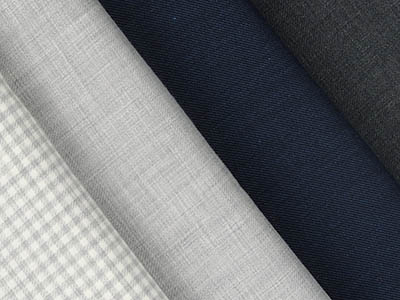
Selecting the fabric involves assessing climate, use case, style, maintenance, and budget.
Consider the climate, intended activity, style preference, care requirements, and budget when choosing the fabric for your hat.
- Climate: Opt for breathable fabrics like cotton and straw in warm weather; choose insulating materials like wool in cold climates.
- Use Case: Sports hats benefit from moisture-wicking synthetics, while fashion hats emphasize texture and aesthetics.
- Style: Texture, color availability, and fabric finish influence the overall look.
- Maintenance: Some fabrics require dry cleaning or gentle care, while others can be machine washed.
- Budget: Natural fibers often come with higher costs, while synthetics provide affordable options with trade-offs.
| Factor | Impact on Fabric Choice | Recommendation |
|---|---|---|
| Climate | Comfort and suitability | Cotton for heat, wool for cold |
| Use | Performance vs. aesthetics | Polyester for sports, wool for style |
| Style | Appearance and feel | Choose texture and color |
| Maintenance | Longevity and ease of care | Consider washing instructions |
| Budget | Affordability | Balance cost with desired quality |
6. How Do Fabric Choices Influence Hat Price and Quality?
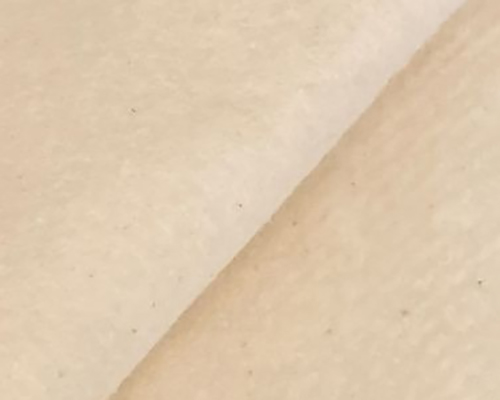
The fabric is often the biggest determinant of a hat’s cost and perceived quality.
Premium natural fabrics like wool and organic cotton tend to increase hat prices, while synthetics offer budget-friendly options but may affect comfort and longevity.
- Natural Fibers: Wool and organic cotton provide a luxury feel and better comfort but at a higher price point due to sourcing and processing.
- Synthetics: Polyester and nylon are more affordable, durable, and easy to care for but may lack breathability.
- Blends: Offer a middle ground, balancing price, performance, and comfort.
- Brand Perception: High-quality fabrics contribute to brand prestige and customer loyalty.
- Consumer Expectations: Buyers associate natural and sustainable fabrics with premium and ethical brands.
| Fabric Type | Price Range | Quality & Perception |
|---|---|---|
| Wool | High | Premium, warm, durable |
| Organic Cotton | Medium to high | Eco-friendly, soft |
| Polyester | Low to medium | Durable, performance-oriented |
| Blends | Medium | Balanced properties |
| Straw | Varies | Seasonal, stylish |
Choose the Perfect Fabric for Your Hats with Kinwin
Selecting the right fabric is essential for crafting hats that offer comfort, style, durability, and sustainability. By understanding the unique properties and uses of different materials, you can design hats that meet your customers’ needs and elevate your brand. At Kinwin, we specialize in sourcing premium fabrics and creating high-quality hats tailored to your specifications.
Contact Kinwin today for a personalized quote and start producing hats made from the best fabrics to fit your brand’s vision and customer expectations.



